Advancements in Treatment Modalities
Innovations in treatment modalities represent a significant driver for the Von Willebrand disease Market. Recent advancements in therapies, including the development of recombinant von Willebrand factor products and novel antifibrinolytics, have transformed the management of this condition. These new therapies not only improve patient outcomes but also enhance the quality of life for individuals living with Von Willebrand disease. The introduction of these advanced treatment options is expected to expand the market, as they offer more effective and targeted solutions compared to traditional therapies. Additionally, the ongoing research and development efforts in this area indicate a promising future for the Von Willebrand disease Market, with potential new therapies on the horizon that could further revolutionize treatment.
Integration of Digital Health Solutions
The integration of digital health solutions is emerging as a transformative driver in the Von Willebrand disease Market. Telemedicine, mobile health applications, and electronic health records are becoming increasingly prevalent, facilitating better management of Von Willebrand disease. These digital tools enable patients to monitor their condition more effectively and maintain regular communication with healthcare providers. Additionally, the use of data analytics in understanding patient outcomes and treatment efficacy is likely to enhance clinical decision-making. As healthcare systems continue to adopt these technologies, the Von Willebrand disease Market may experience accelerated growth, driven by improved patient engagement and streamlined care delivery.
Rising Incidence of Von Willebrand Disease
The increasing incidence of Von Willebrand disease is a notable driver in the Von Willebrand disease Market. Recent estimates suggest that the prevalence of this bleeding disorder may be higher than previously understood, with approximately 1 in 100 individuals affected. This rising incidence necessitates enhanced diagnostic and therapeutic options, thereby propelling market growth. As awareness of the disease expands, more individuals are likely to seek medical attention, leading to increased demand for treatment solutions. Furthermore, the identification of asymptomatic cases contributes to a broader patient base, which in turn stimulates the Von Willebrand disease Market. The growing recognition of the disorder among healthcare professionals also plays a crucial role in driving the market forward.
Growing Patient Advocacy and Support Groups
The rise of patient advocacy and support groups is influencing the Von Willebrand disease Market positively. These organizations play a pivotal role in raising awareness about Von Willebrand disease, educating patients and healthcare providers, and advocating for better treatment options. As these groups become more prominent, they contribute to increased patient engagement and empowerment, which can lead to higher rates of diagnosis and treatment adherence. Moreover, the efforts of these organizations to lobby for policy changes and funding for research initiatives further bolster the market. The growing visibility of Von Willebrand disease through advocacy efforts is likely to enhance the overall landscape of the Von Willebrand disease Market.
Increased Funding for Research and Development
The surge in funding for research and development in the field of hematology is a critical driver for the Von Willebrand disease Market. Governments and private organizations are increasingly investing in research initiatives aimed at understanding and treating bleeding disorders, including Von Willebrand disease. This influx of funding facilitates the exploration of novel therapeutic approaches and enhances the overall knowledge base surrounding the condition. As a result, the market is likely to witness the emergence of innovative treatment options that could significantly improve patient care. Furthermore, the collaboration between academic institutions and pharmaceutical companies is expected to accelerate the development of new therapies, thereby driving growth in the Von Willebrand disease Market.



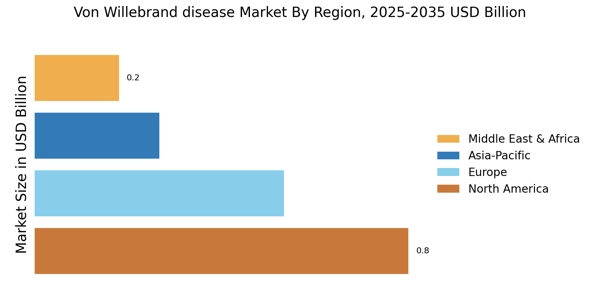
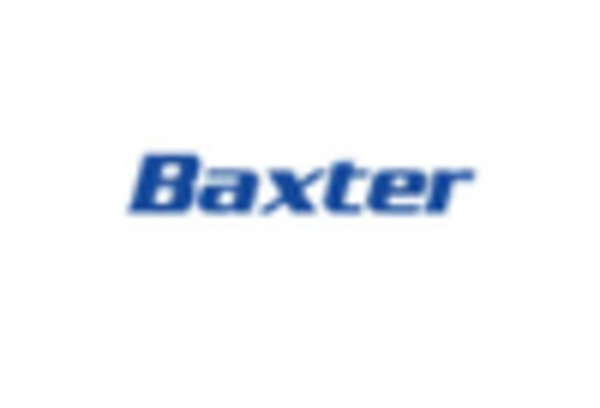
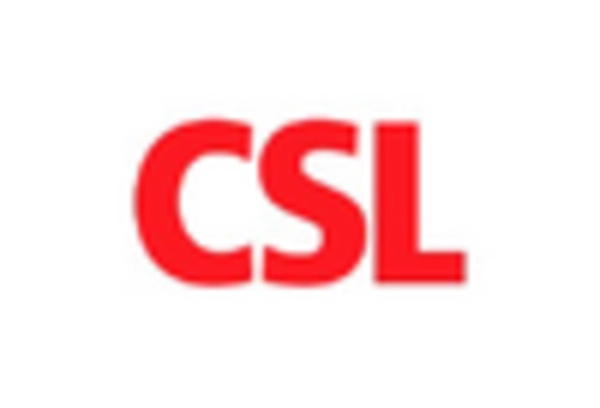
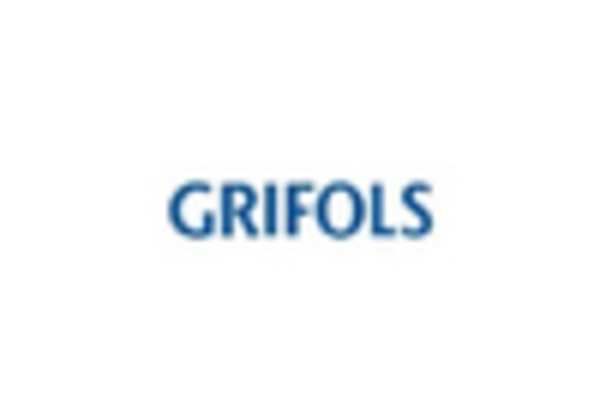
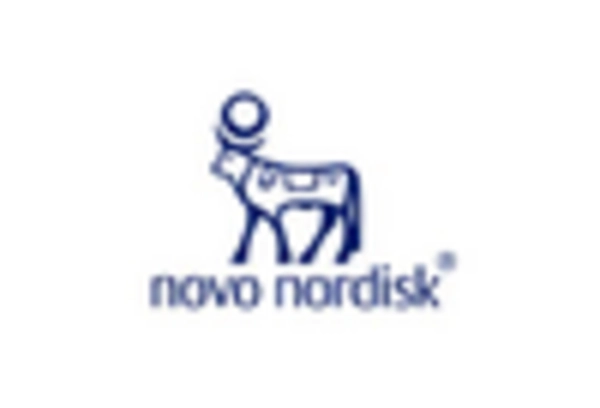

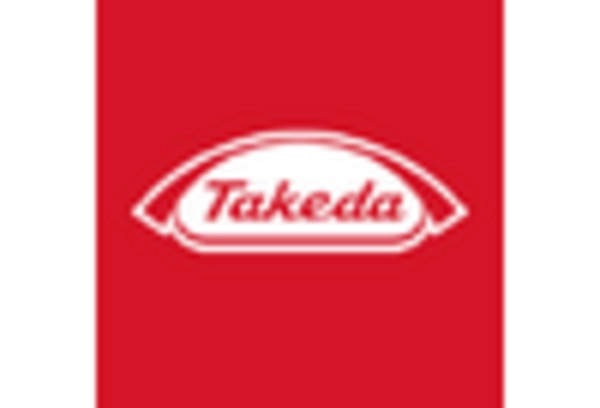








Leave a Comment